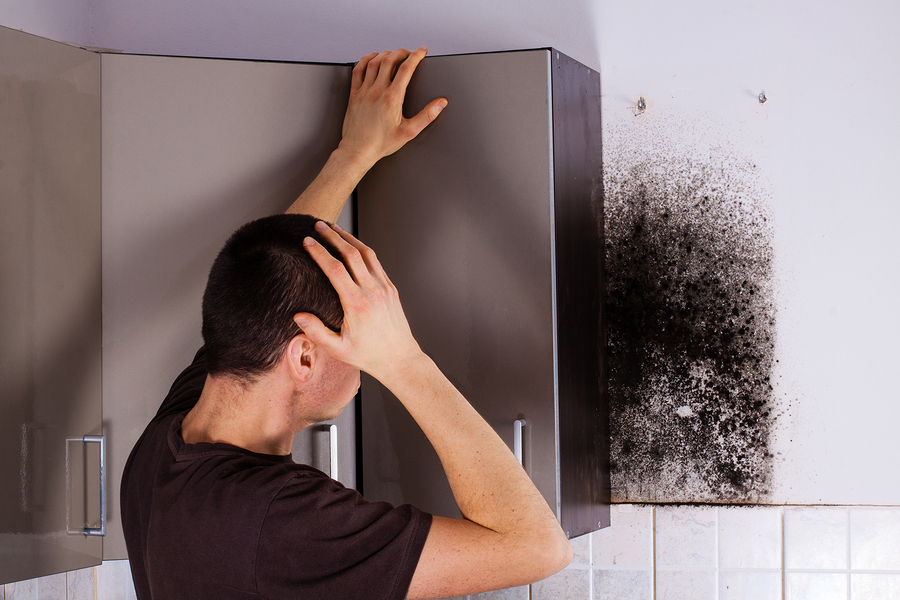- Make It Yourself Lavender Heart-Shaped Bath Bombs!
- 20 Things You Never Knew About “Down There”
- 12 Best Foods For Those Suffering From Arthritis Pain
- 12 Personal Hygiene Mistakes Almost Everyone Makes (Mom Never Told You About #4!)
- 15 Medicinal Plants And Herbs From The Cherokee People
- 12 Mind-Blowing Benefits Of Drinking Coconut Water During Pregnancy
- 12 Outstanding Winter Foods That Won’t Fatten You Up Like A Christmas Turkey
Common Symptoms Of Mold Poisoning – Is It In Your Home?

Photo credit: bigstock.com
Mold. Sometimes you can see it — that black or gray disgusting stuff growing in the grout or tiles in your bathroom. Other times, you can’t. You might not see it, but your body certainly knows it is there. Mold poisoning just might be making you sick and you don’t even know it.
Conventional medicine doesn’t really recognize the true problem with mold, so your regular doctor won’t be very helpful in most cases. Even if your doctor is familiar with the problems mold can cause, the symptoms mimic many other problems, so it can be very difficult to diagnose.
First, let’s take a look at what mold really is.
We typically lump all types of fungi, which reproduce when they send tiny spores floating through the air, as simply mold. Many types of mold are invisible to the human eye! Mold grows best in damp, warm, or humid places, inside and outside the home. Even for those living in very warm, dry areas, such as Arizona or New Mexico, mold can grow near water leaks, basements, inside cabinets, or in bathrooms or closets with poor ventilation.
Most people recognize the mold growing in the bathroom, but mold can actually send spores around your home and attach itself to clothing, shoes, pets, carpets, books, furniture, bedding, curtains, and pillows. Even HVAC filters do not catch everything, unless you are religious about changing the filter once each month.
It has been estimated that about 50 percent of the buildings in America have been, or currently have, water damage. This leads to the growth of mold and a greatly increased risk of mold poisoning, especially for those who are most susceptible, such as infants, children, the elderly, and those with breathing problems.
Continue to Page 2
































